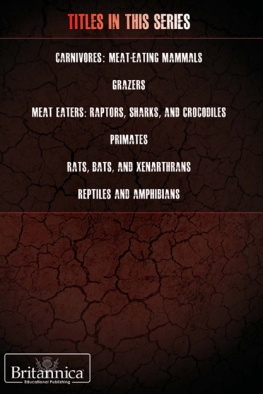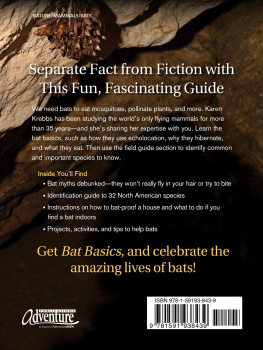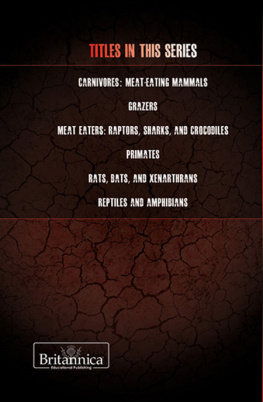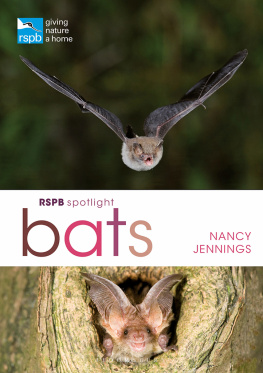RATS, BATS, AND XENARTHRANS
THE BRITANNICA GUIDE TO PREDATORS AND PREY
RATS, BATS, AND XENARTHRANS
EDITED BY JOHN P. RAFFERTY, ASSOCIATE EDITOR, EARTH AND LIFE SCIENCES

Published in 2011 by Britannica Educational Publishing
(a trademark of Encyclopdia Britannica, Inc.)
in association with Rosen Educational Services, LLC
29 East 21st Street, New York, NY 10010.
Copyright 2011 Encyclopdia Britannica, Inc. Britannica, Encyclopdia Britannica,
and the Thistle logo are registered trademarks of Encyclopdia Britannica, Inc. All
rights reserved.
Rosen Educational Services materials copyright 2011 Rosen Educational Services, LLC.
All rights reserved.
Distributed exclusively by Rosen Educational Services.
For a listing of additional Britannica Educational Publishing titles, call toll free (800) 237-9932.
First Edition
Britannica Educational Publishing
Michael I. Levy: Executive Editor
J.E. Luebering: Senior Manager
Marilyn L. Barton: Senior Coordinator, Production Control
Steven Bosco: Director, Editorial Technologies
Lisa S. Braucher: Senior Producer and Data Editor
Yvette Charboneau: Senior Copy Editor
Kathy Nakamura: Manager, Media Acquisition
John P. Rafferty: Associate Editor, Earth and Life Sciences
Rosen Educational Services
Hope Lourie Killcoyne: Senior Editor and Project Manager
Nelson S: Art Director
Cindy Reiman: Photography Manager
Matthew Cauli: Designer, Cover Design
Introduction by Charles Doersch
Library of Congress Cataloging-in-Publication Data
Rats, bats, and xenarthrans / edited by John P. Rafferty. 1st ed.
p. cm. (The Britannica guide to predators and prey)
In association with Britannica Educational Publishing, Rosen Educational Services.
Includes bibliographical references and index.
ISBN 978-1-61530-409-7 (eBook)
1. RatsJuvenile literature. 2. BatsJuvenile literature. 3. XenarthraJuvenile literature.
I. Rafferty, John P.
QL737.R666R39 2011
599.35dc22
2010029000
On the : Three-toed sloths, such as this young one in southern Costa Ricas Osa Peninsula, are a kind of xenarthran, a group of mammals the origins of which can be traced back some 65 million years. Along with sloths, anteaters and armadillos are also in the xenarthra group. Roy Toft/National Geographic Image Collection/Getty Images
On page : A young capybara (Hydrochoerus hydrochaeris). The capybara is the worlds largest rodent; South American capybaras may be 1.25 metres (over 4 feet) long and weigh 66 kg (145 pounds) or more. Shutterstock.com
On pages : Juvenile ground squirrels (genus Spermophilus) in the Rio Grande Valley, TX. Ground squirrels have a single litter of four to nine young a year. Jeremy Woodhouse/Photodisc/Getty Images
CONTENTS

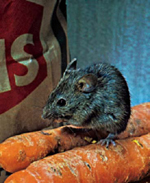
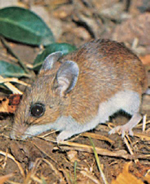

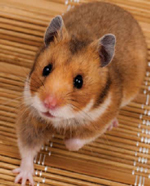
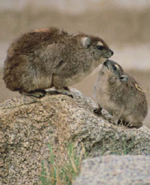

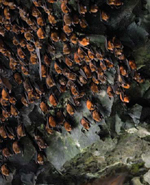
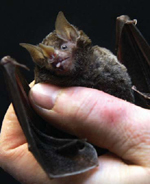

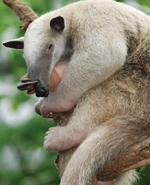
INTRODUCTION

A black-tailed prairie dog (Cynomys ludovicianus) sits for a spell. Prairie dogs are the most sociable members of the squirrel family. At the approach of predators, prairie dogs warn other members of their group with a chirp-like bark. Jeff Foott/Discovery Channel Images/Getty Images
R odents and bats are familiar to us, and for good reason: two-thirds of all mammal species on the planet are either one or the other. When you look closely at the enormous diversity of shapes and sizes that these two orders of mammals have developed, and consider the range of habitats they can survive in, it becomes clear that their ubiquity on the planet is the result of the adaptability and resiliency inherent in their genetic makeup. It is frankly incredible.
On the other hand, xenarthransarmadillos, sloths, and anteatersare much less diverse and widespread. They represent only 29 of the 4,660 mammal species we know of. For whatever reasons, these mammals are more narrowly specialized, less diverse, more traditional, and less adaptive; they are consequently rare, and several are in danger of extinction (the outstanding exception being the plucky nine-banded armadillo, whose range now stretches from Argentina to the southern United States).
This book will examine some of what we know so far about the great range of forms and behaviours of three fascinating and very different groups of animals: rodents, bats, and xenarthrans.
The mammalian order with the greatest number of species is Rodentia. Fully 44 percent of all mammal species are some variety of rodentthats an astounding 2,055 species. Rodents are native to every land area on earth except Antarctica, New Zealand, and some oceanic islands (though they have subsequently reached just about everywhere by hitching rides with humans). All rodents have certain features in common. Their well-known, chisel-like incisor teeth and their sharp claws are great for digging or climbing, but other features can vary widely. Take size, for instance. Delanys swamp mouse in Africaone of the smallest rodentsmeasures only 6 cm (about 2 inches) long. The capybara of Central and South America, on the other hand, is the largest rodent living today, growing up to 60 cm (2 feet) tall at the shoulder, and more than 1.35 metres (over 4 feet) long.
Rodents are among the most adaptable mammals on Earth. They can be nocturnal, diurnal, or active during both day and night. Some climb, some swim, some burrow, some soar, some jump. Some create huge colonies (such as prairie dogs) that can cover tens of thousands of square acres, whereas others live strictly alone. One group, the beavers, can fell large trees, construct elaborate dams across creeks, and dig canals between water sources. Although some rodents are herbivores, most are opportunistic generalists, eating whatever is convenient at the time. Some species, however, are specialized predators, not only of arthropods (grasshoppers, spiders, ants, etc.), but also of vertebrates (such as bird nestlings, lizards, snakes, etc.). Most rodents eat their food wherever they find it, whereas others, such as certain species of squirrels, gather up food and store it in large piles underground, or under leaves, or in basements or attics. Many rodents need water, but others, such as the kangaroo rat at Great Sand Dunes National Park in Colorado, are very efficient at obtaining the water needed from the food it eats, and so are at home in the driest desert.
Next page
